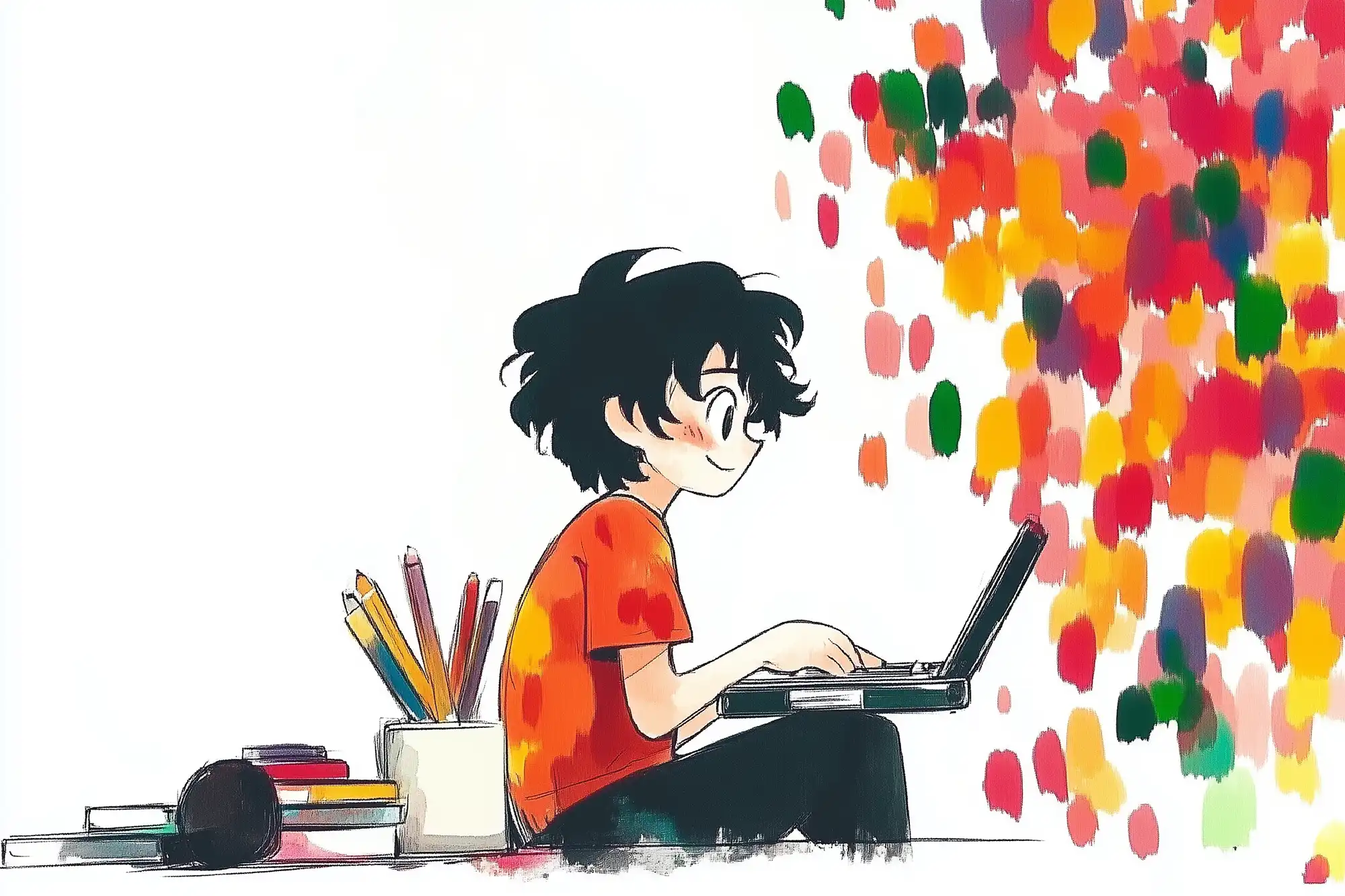It’s nearly 2025, and I’m looking at my computer screen, feeling both nostalgic and skeptical. I’m starting a new blog for Temaki.ai. and I find myself hesitating over the WordPress icon, the platform that used to feel like second nature to me.
As I click the mouse, memories flood back. I recall when WordPress was my go-to solution for anything digital—the server setup, the excitement of launching a site, the constant tweaking of code. But I also remember the frustrations that followed. The cluttered plugins, the heavy themes, each chipping away at my enthusiasm. I moved on, looking for simpler solutions.
Yet here I am, returning to what I know. Maybe it’s curiosity, or perhaps it’s the tight timeline nudging me back to the familiar. Whatever the reason, I’m drawn back into WordPress.
To my surprise, I’ve been enchanted once more. I find myself not just using it, but truly enjoying it, against all odds. As I explore its updated features, it feels like this platform is quietly saying, “I’ve changed, but I’m still here for you.” And suddenly, those past frustrations seem like far-off memories.
The WordPress Evolution
From its humble beginnings back in 2003 as a simple tool for bloggers, WordPress has taken an extraordinary journey to become a dominant force in content management systems (CMS). By 2010, WordPress had already captured approximately 13% of the CMS market. This was a time when blogging was booming, and WordPress offered an elegant solution—allowing anyone to effortlessly share their thoughts and ideas online.
WordPress soon expanded its capabilities beyond just blogging. With the introduction of plugins and themes, users could customize their sites, turning WordPress into a flexible CMS for various needs. This adaptability set the stage for the remarkable growth that followed. In 2020, WordPress dominated the CMS landscape with a stunning market share of over 60%. This growth was fueled by a dedicated community of developers and users who contributed to its ecosystem.
Today, as we approach 2025, WordPress maintains its leading position with around 62.4% market share. This lasting appeal showcases its unique blend of familiarity and innovation. By integrating modern features while retaining the essence that made it popular, WordPress has ensured its continued significance in the quickly changing digital world, far longer that I had expected.
Overcoming the Ghosts of the Past
In the early days of my WordPress journey, I was all in. The platform was a revelation—a simple, open-source CMS that let me build not just blogs, but almost any kind of website that my mind could conjure. I reveled in discovering new plugins, each adding unique functionality and expanding possibilities. It was an exciting time, filled with creativity and experimentation.
However, as WordPress evolved, so did my relationship with it. What once was a playground of innovation started to feel like a tangled web. Plugins became so numerous that selecting the right ones felt like navigating a maze. The overwhelming number of options led to a phenomenon known as “plugin bloat,” where too many unnecessary plugins could slow down a site or break it completely.

Then there were the templates—so many templates. Initially, this was thrilling. But the abundance created a paradox of choice, making it difficult to find the perfect fit. Worse, some templates were overcomplicated, overloaded with features I’d never use. Combine plugins with templates and the platform was bogged down like a car struggling up a hill, laden with heavy luggage.
Maintenance was another beast altogether. Plugins needed constant updates, sometimes causing conflicts with core WordPress updates, themes, or other plugins. The once straightforward task of keeping a site operational became a constant race against breakdowns. It was exhausting and frustrating.
Familiar but Refreshingly New
For those hesitant to dive back into WordPress due to past frustrations, rest assured. The ghosts have been exorcised.
You might ask, what exactly has changed? Well, WordPress has focused on efficiency. A major contributor to this renewed enthusiasm is the updated editor. The introduction of the WordPress Block Editor, formerly known as Gutenberg, has been a game changer. This intuitive tool transforms content creation into an effortless experience, thanks to its drag-and-drop functionality.
Unlike before, where formatting issues felt like a constant challenge, the Block Editor allows you to focus on creativity without the distractions. You can easily add images, videos, or intricate layouts with just a few clicks. Each element is a block, modular and easy to move around. This feature makes storytelling more vivid and visually appealing, considerably enhancing the user’s ability to convey messages effectively.
Default themes are no longer the bare bones they once were. They come ready-made with sleek, modern designs that are a joy to tailor. And the new configuration aspects of WordPress themes have significantly streamlined the customization process. The days of sifting through endless lines of code just to tweak a design element are thankfully behind us. The current default theme is not only elegant but also highly customizable right from the start. It offers an array of options for personalizing the look and feel of your site, reducing the need to shop for themes.
Moreover, the entire user experience has been fine-tuned to cater to both new and seasoned users. Navigating the dashboard feels intuitive and less cluttered. It’s now easier than ever to manage menus, sidebars, and widgets without getting buried in a maze of settings. This streamlined interface allows content creators to focus more on what truly matters—the content—making the whole process surprisingly delightful.
It’s not You, It’s Me
To be fair, I have also changed in the past 20 years, and maybe the way I’m experiencing WordPress is the result of my own approach and expectations.

I value the simplicity and speed of the default installation more than the allure of a flashy theme. I want my content to shine so I am giving it the centre stage and space to breathe. It’s a minimalist perspective, where every element is there to serve the content.
So, I’m using the core functionality, the default theme customised by me, and a handful of plugins focused on performance. And most of all, the purpose is to publish a blog, what WordPress was originally created for.
In conclusion, the simple message I want to pass is this: if you’ve drifted away from WordPress, now might just be the perfect time to fall in love with it all over again.



